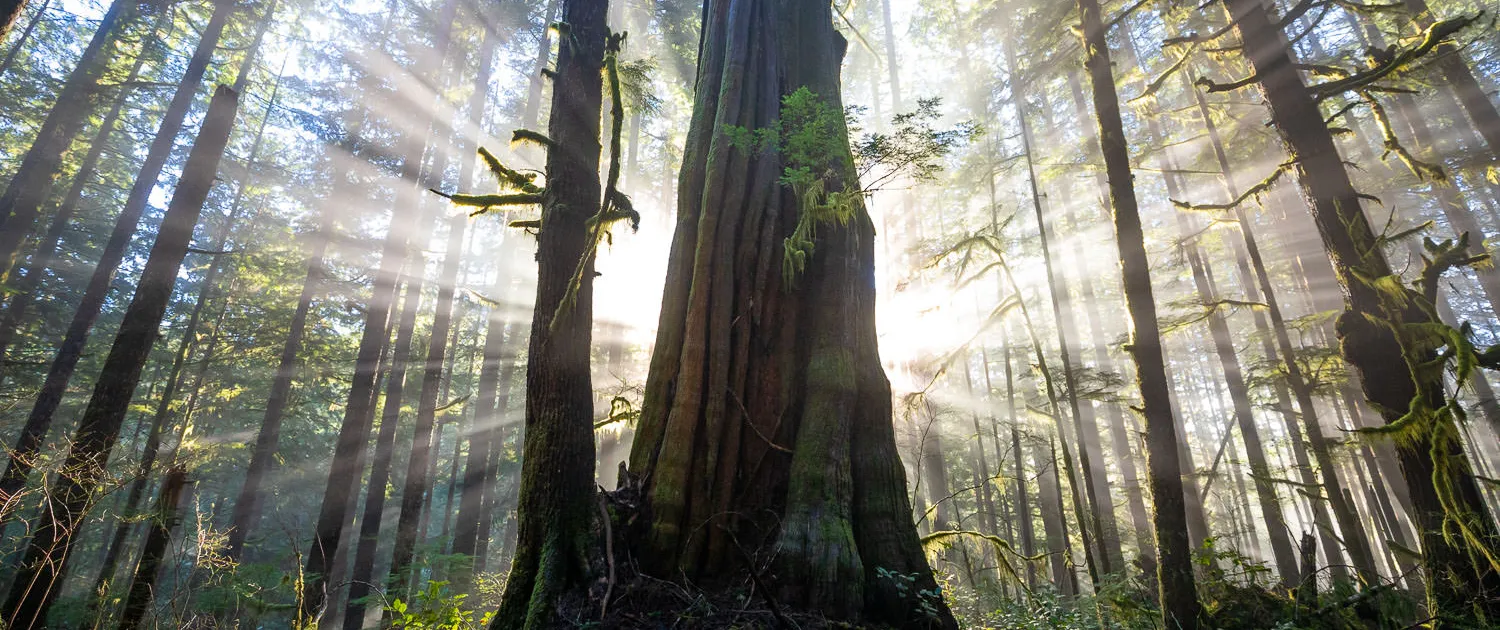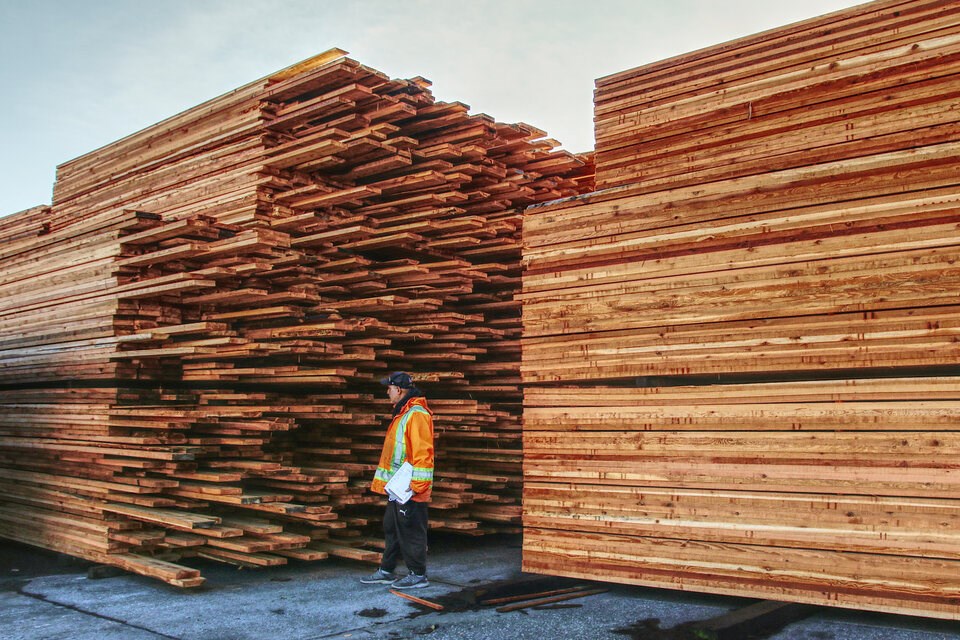 Oct 26 2011
Oct 26 2011Ancient forests in B.C. – Canadian Geographic Blog
Direct link to video: https://youtu.be/t5Z8NVbOiGY
On the southwest coast of Vancouver Island, just 15 minutes north of the historic logging town of Port Renfrew, an ancient old-growth forest named Avatar Grove gives visitors a glimpse of how the island’s trees may have looked 1,000 years ago.
Discovered in 2009 by photographer TJ Watt, cofounder of the Victoria-based environmental group the Ancient Forest Alliance, this 40-hectare old-growth forest is home to western red cedars and Douglas fir trees that stretch up to four metres in width.
Vancouver Island has lost 73 percent of its productive old-growth forest to logging, so Watt immediately recognized the significance of stumbling upon the pristine parcel of land.
The AFA has taken thousands of visitors on educational hikes through Avatar Grove to raise awareness about the importance of protecting the islands’ remaining ancient forests.
“To work to save an area, wherever you are in the world, if you experience a place yourself it gives you a greater resolve to protect it,” says Watt. “If you can experience that in real life you have a much greater and deeper appreciation.”
The AFA’s campaigning efforts and partnership with the local Port Renfrew Chamber of Commerce has generated significant media attention and sparked a public conversation about whether the provincial government is doing enough to protect B.C.‘s old-growth forests.
The value of old trees
British Columbia is home to one of the largest coastal temperate rainforests left the world.
Saturated by an average annual precipitation of 3,671 mm — that’s three times more rain than Vancouver gets in a year — trees in Port Renfrew absorb enough water to resist pests and forest fires, enabling them to live and grow for as long as 1,000 years.
Their slow growth produces tighter growth rings and a high quality of wood less susceptible to bending and twisting with age. This makes them attractive targets of the logging industry: Ancient logs can be worth thousands of dollars.
The business of cutting down trees in B.C. has developed a symbiotic venture with tree planting. Since 1987, reforestation laws in B.C. require companies to replant areas that they harvest.
Forty million seedlings have been planted in B.C. since 2005, according to Pat Bell, former Minister of Forests and Range.
But a recent study by Anthony Britneff, who worked for the B.C. Forest Service for 39 years, found that harvested areas are not always replanted adequately, meaning seedlings do not grow productively.
Britneff states that “not satisfactorily restocked,” or NSR, forests are estimated to be larger than they were 25 years ago and cover an area nearly three times the size of Vancouver Island. These NSR statistics help determine the annual allowable cut and can potentially limit the amount of land that can be harvested for lumber.
A 90 percent funding cut to B.C.’s reforestation program in 2002 has made ensuring the accuracy of NSR statistics difficult, leading Britneff to argue that B.C. has an “unprecedented reforestation challenge” on its hands.
The value of old forests
Author Charlotte Gill, who spent 20 years working as a tree planter in Canada, experienced firsthand the challenges of trying to turn a clearcut into a forest.
In her new book, Eating Dirt, she questions whether the intricate relationships between species that have developed over centuries in old-growth forests can be replaced through the efforts of an army of shovels.
“Human hands can replace the trees but not necessarily the forest,” she writes.
Regrowing a forest can take up to 400 years, according to Gill’s research. Yet achieving the soil makeup necessary to sustain such a forest is a “millenial and geologic” process.
“You can’t build a forest floor in a nursery or manufacture topsoil in a mill.”
A “third-hand” forest, she writes, would be more brittle than the one it replaced. The next one would be leaner still. In the logging industry, this is known as falldown.
Gill describes our need for maintaining undisturbed forests as they store precious fresh water, absorb tonnes of carbon and guard against the otherwise inevitability of soil erosion. Keeping old forests intact also does more to mitigate climate change than planting new trees, as more carbon can be stored in the soil of an undisturbed ancient forest.
Provincial protection
Mark Haddock, an attorney with the Environmental Law Centre at the University of Victoria, says B.C. has historically viewed old-growth forests as a resource for lumber extraction, often overlooking the connection between the ecosystems that depend on them.
Species such as Roosevelt elk and northern spotted owls rely on the mix of new, old and decaying trees found in old-growth forests for food and shelter. The logging of B.C.’s pristine forests endangers these species as clear cutting continues.
“I think the conservation biology is pretty sound,” Haddock said. “I think it makes a pretty persuasive case to me as a British Columbian that there’s real merit in protecting old-growth forests. Now that we are aware of these ecological values, how do we act?”
Current provincial protection for old-growth forests is a matter of discretion by the government, Haddock said.
“There are rules that can and do protect old-growth,” Haddock said. “It’s just that the amount of old-growth that is protected is not stated in any mandatory way. It’s a discretionary decision by the government.”
Environmentalists like Watt question how long the logging of old-growth forests can continue as the AFA pushes the provincial government to grant Avatar Grove provincial park status.
“If they don’t have a plan and it’s not considered, what are they going to do in a couple decades when they finish it?” he said.
“It’s not if, it’s when.”
Direct link to Canadian Geographic article: https://www.canadiangeographic.ca/blog/posting.asp?ID=475





